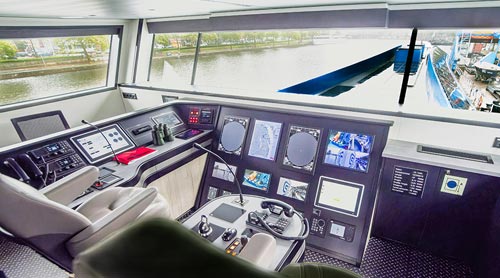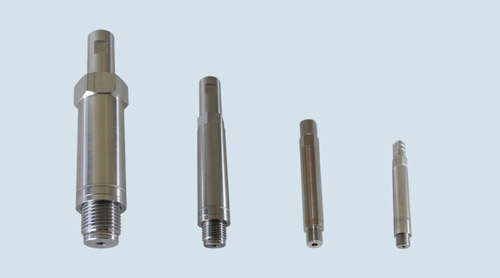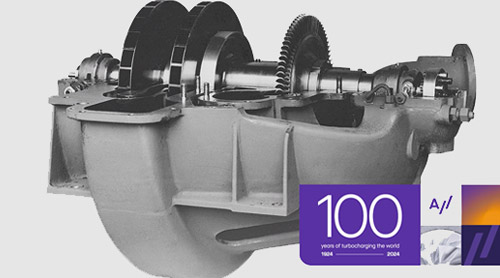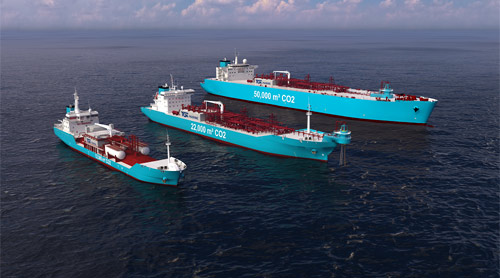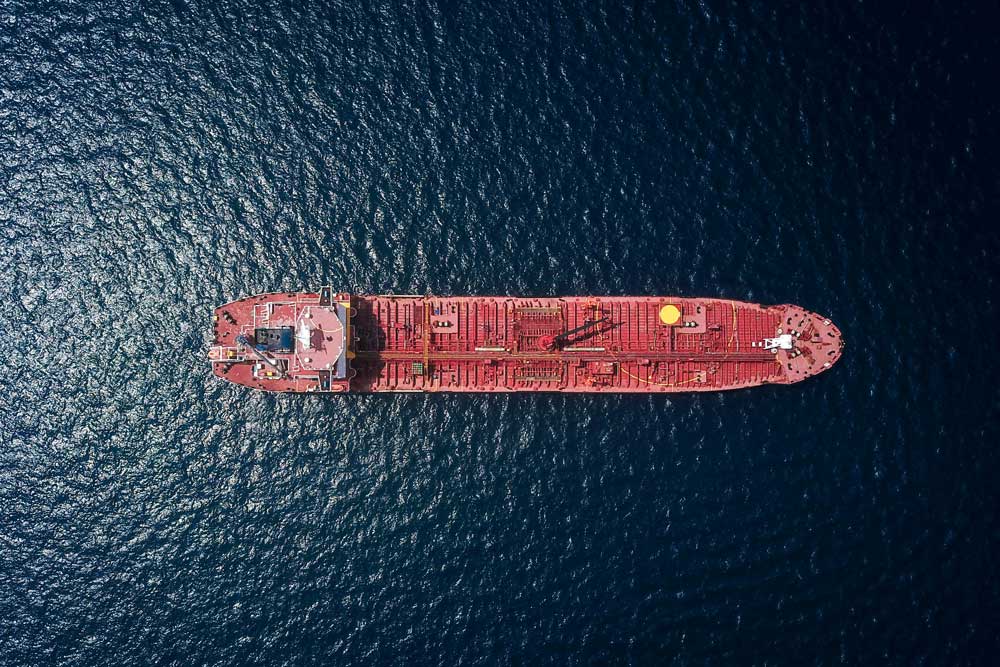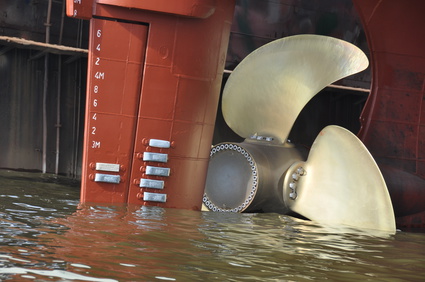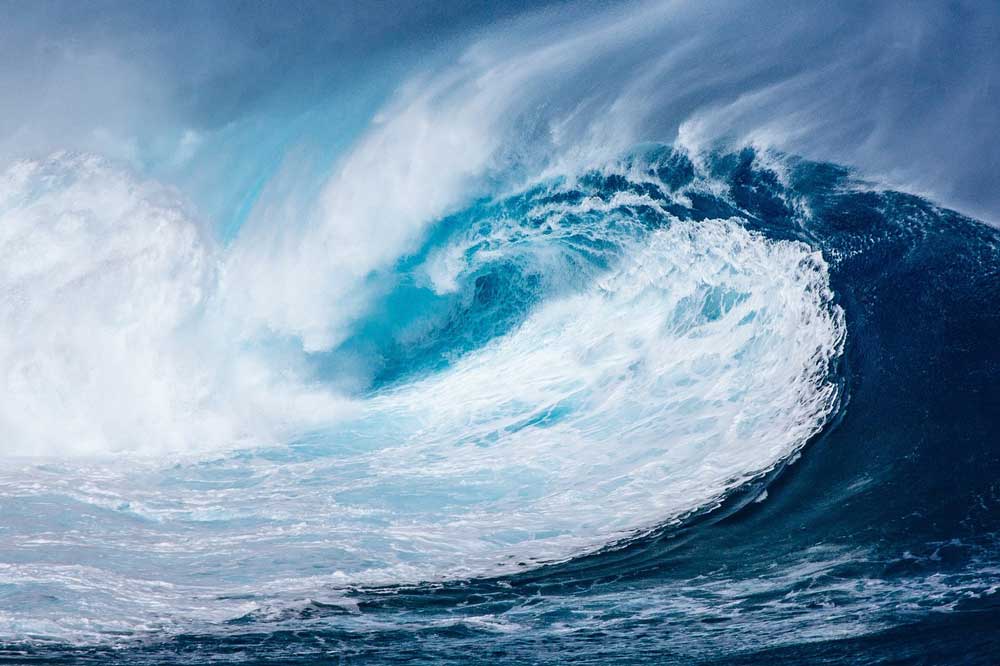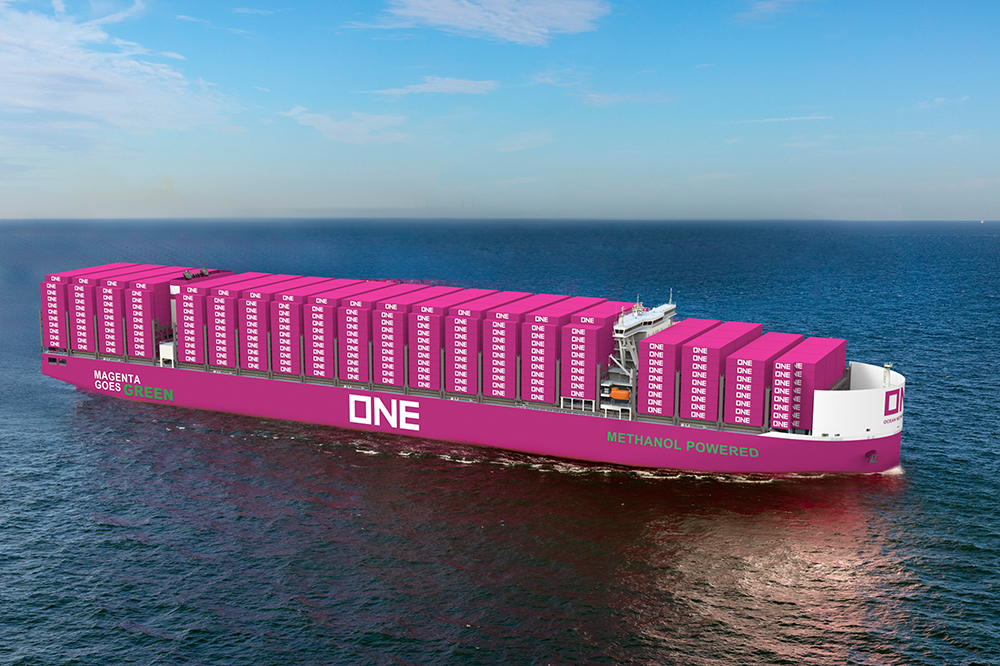Here we go: the contract for the construction of the new research vessel “Walther Herwig” was officially signed at the Fassmer shipyard.
In mid-2027, the German government is set to commission one of the world’s most modern and efficient ships for fisheries and marine research. The new vessel, which is being built at Fassmer in Berne, Lower Saxony, at a cost of €240 million, will also enable the fleet to start using climate-neutral methanol.
“Walther Herwig” – one ship for 46 scientists
The main areas of operation will be the North and Baltic Seas and the North Atlantic from the subtropics to Greenland. At around 85 meters long and 18 meters wide, the new “Walther Herwig” will be the largest ship in the fleet of the Federal Agency for Agriculture and Food(BLE). It offers space for around 46 people, consisting of crew and scientists.
The equipment includes ten laboratories, working cranes, a device for pelagic and demersal fishing as well as twin trawling, a stern crane and a launching system for research work at depth. A large open working deck and various container bays serve as a multifunctional layout with future reserves.
This will enable the Thünen Institute, as the user of the ship, to monitor important fish stocks, conduct marine ecological studies using state-of-the-art methods, as well as carry out marine chemical and physical measurements and research into the effects of fishing on the marine environment.
Propulsion with methanol option for the “Walther Herwig”
The “Walther Herwig” will have a diesel-electric drive. Thanks to exhaust gas aftertreatment using SCR catalytic converters and soot particle filters, demanding exhaust gas regulations are met and thus exceed the legal standard; the limits of the “Blue Angel” for environmentally friendly ship design and the US EPA Tier IV standard are also undercut. The propulsion system can be converted to use methanol as fuel.
The Ship Technology Division of the Federal Waterways Engineering and Research Institute (BAW) was responsible for the design and planning of the new building as well as the Europe-wide tendering process, supported by a project team that included the Federal Office for Agriculture and Food (BLE) as the client and the shipowner as well as the Thünen Institute as the future user.
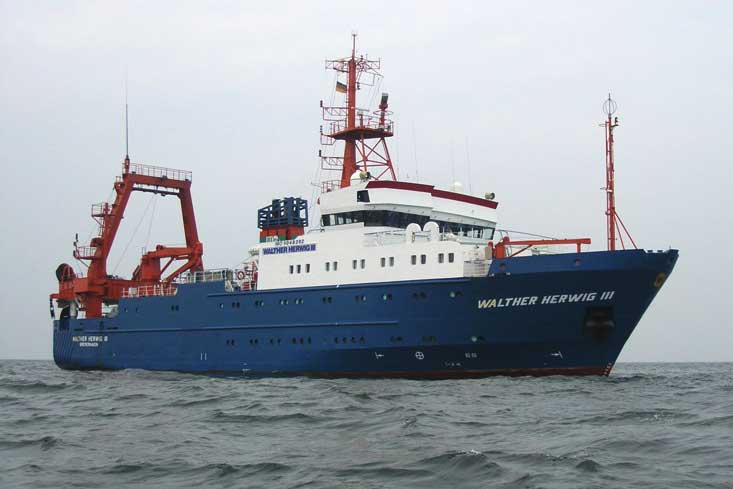
The Bundestag’s Budget Committee only approved the required investment sum for the successor to the “Walther Herwig III” in August. The ship in use today, built by the Hegemann Group in Wolgast and Berne, is already 30 years old.
The contract for a new “Walther Herwig” for €85 million was originally awarded to the Dutch Damen shipyard group back in 2017. However, there was no agreement between the shipyard and the Federal Ministry of Agriculture as the client on the detailed planning. As a result, the contract was canceled two years ago and the construction specifications and tender documents were revised. However, the Dutch shipyard group is stillopen in principleto building German research vessels, for example in cooperation with a German shipyard.
New “Walther Herwig” five years late
As a result, the successor ship is not expected to be delivered until 2025/2026 instead of 2020. According to earlier information from the Federal Ministry of Agriculture (BMEL), the costs have also more than doubled to around €175.5 million.












